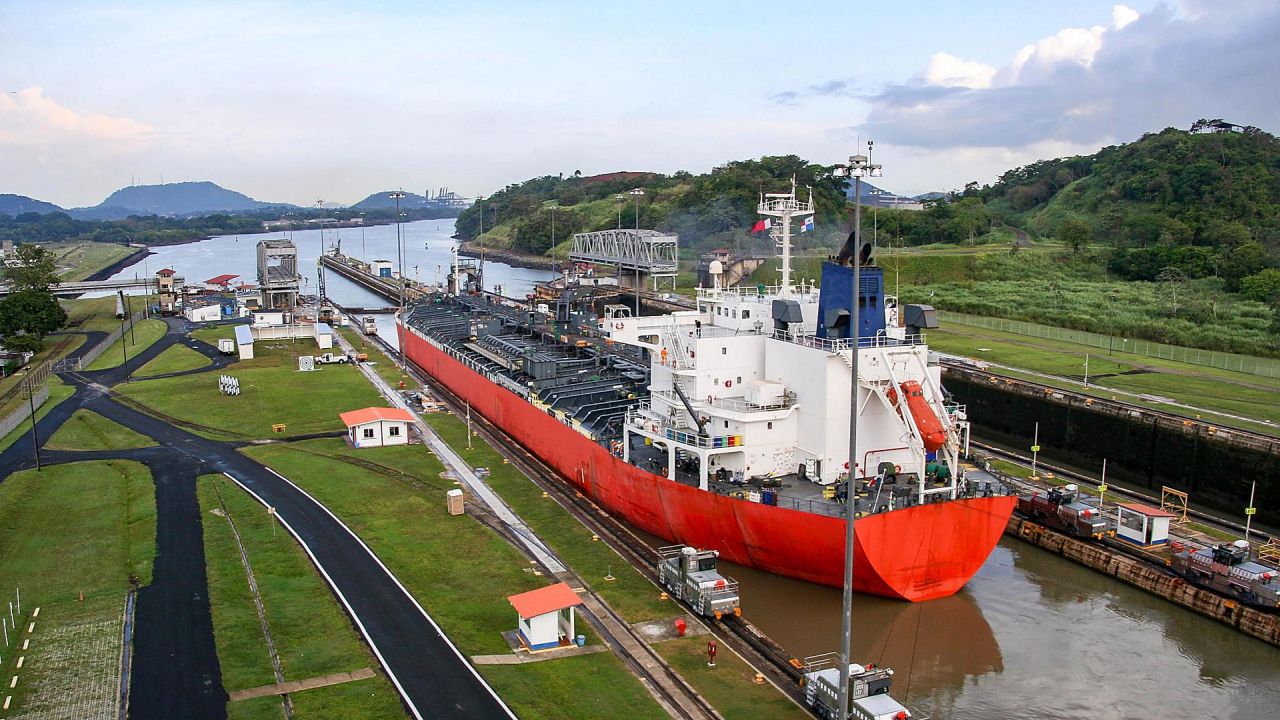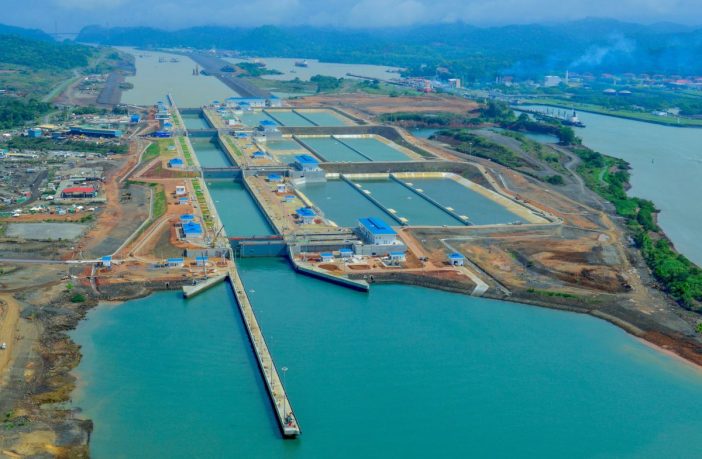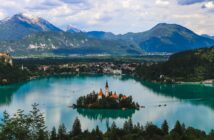The passage of the Panama Canal has become more expensive
New rates for the Panama Canal have been in effect since the beginning of the year. The administration has come to this decision in order to reduce the impact of drought, which has reduced the volume of fresh water. Now the tax on ships is levied on the basis of their size and cargo capacity.
The additional fees for passage through the Panama Canal also affect operators, so it is necessary to review the financial flows and pawn those costs. So far, Russia’s largest shipping company Sovcomflot has not announced large costs associated with new tariffs. The operator’s routes are built with minimal use of the Panama Canal in mind. In general, the tariffs for the passage have increased by 20% on average. However, such indicators will not significantly affect the financial and economic situation of the Russian fleet, as various factors of pricing on the freight market also play a role here.
The rise is caused by a critical shortage of fresh water, which was caused by the dry last year. In 2019, it was a record-breaking 70 years, with rainfall falling by more than 20%, while ambient temperature rose, resulting in evaporation of water in lakes and rivers 10% faster than in previous years. Therefore, the administration of the Panama Canal had to introduce a tax, the amount of which depends on the level of water in transit ships. All ships over 38 meters long have to pay for fresh water. The transition tariff for ships will be about 10 thousand dollars.

The Panama Canal connects the Pacific Ocean with the Atlantic and Caribbean Seas and is located on Panama’s territory. Its length is more than 81 km, 65.2 km of which are crossed with land, and 16.4 km pass through the canal with a dredged bottom.
The passage was opened in 1920, and its construction became a grandiose project, which had no analogues. The canal served as a stimulus for the development of shipping, thanks to it the Western Hemisphere made an economic leap. Now, to get from one part of the world to another, you do not need to go around South America, and the sea route connecting New York and San Francisco, has been reduced from 22.5 thousand km to 9.5 thousand km.
Various vessels, from small yachts to huge container ships, pass through the channel. Interestingly, the Panama crossing has had an impact on shipbuilding – its width is the maximum for the width of ships.
The capacity of the canal is 48 vessels per day, about 14 thousand per year. On average, a ship crosses this distance in 9 hours.




